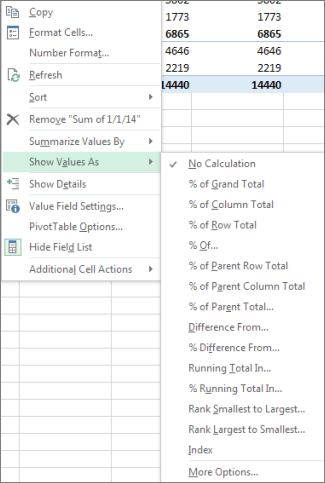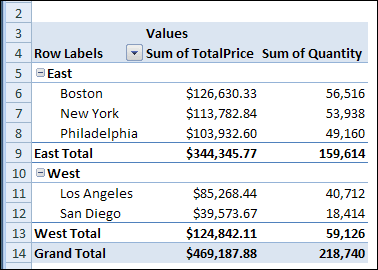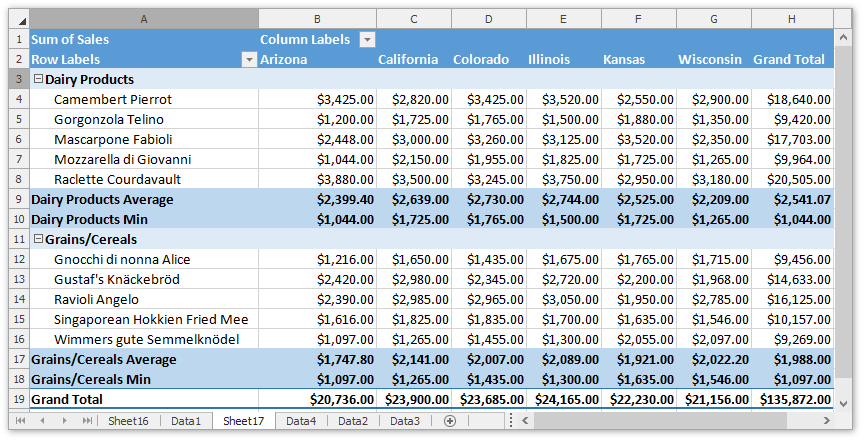

Note: When you select multiple Custom subtotals, the subtotals are displayed at the bottom of the group, even if you set the option to show subtotals at the top of the group. Click OK, to close the Field Settings dialog box.In the list of functions, click Sum and Average – the functions you want to use as subtotals.The ref is the cell range that contains the list of numbers you want to compare it to. Note: When you select Custom, the Automatic subtotal is removed. The syntax for RANK is as follows: RANK ( number, ref, order) In Excel 2010 and newer, RANK has been re-named to RANK.EQ with the same syntax: RANK.EQ ( number, ref, order) The number is the value you want to find the rank for. In the Subtotals section, click Custom.In the Field Settings dialog box, click the Subtotals & Filters tab.Right-click one of the Region row labels, and click Field Settings.

However, later on, a RANK Function has been replaced by a RANK.AVG and RANK.EQ functions. RANK.AVG RANK.EQ RANK In Excel 2007 and earlier versions, and only the RANK Function was available. If you start typing the RANK function in excel, it will show you 3 types of RANK functions. In the Field Settings dialog box, click the Subtotals & Filters tab. Three Different Types of RANK Functions in Excel. You can change the field settings for the Region field and it will show more subtotal rows: Right-click one of the Region row labels, and click Field Settings. You can change the field settings for the Region field and it will show more subtotal rows: You can add another row of subtotals for each region, to show the average quantity and sales. You can add another row of subtotals for each region, to show the average quantity and sales. It shows the total quantity and total sales for each region. On the Excel Ribbon, under PivotTable Tools, click the Design tab.

Two fields are in the Values area: Sum of Quantity shows the total quantity for each city, and Sum of TotalPrice shows the total sales amount.Ī subtotal row is at the bottom of each region. In the pivot table shown below, Region and City fields are in the Row Labels area. The second instance of Amount has been renamed "Rank".When you add multiple fields to the Row Labels area in a pivot table, subtotals automatically appear for the outer fields. The first instance of Amount has been renamed "Sales" and and set to sum values:

The Amount field has been added twice as a value field. The source data contains six fields, but only two fields are used to build the pivot table, Item and Amount: The pivot table is also sorted by rank, so that the top sales items appear first. Next, select United Kingdom from the first filter drop-down and Broccoli from the second filter drop-down. Country field and Product field to the Filters area. In the example shown, a pivot table is used to group and rank sales by item. Next, drag the following fields to the different areas. Pivot tables provide a built-in ranking feature, and can rank smallest to largest or largest to smallest.


 0 kommentar(er)
0 kommentar(er)
